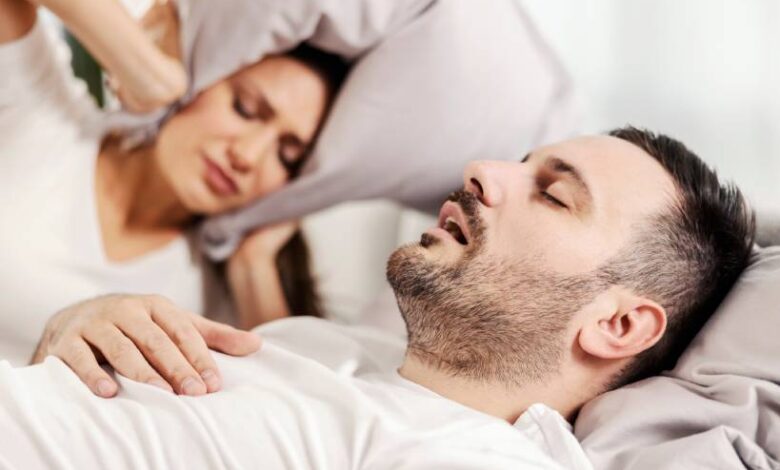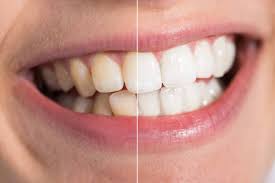What Causes Sleep Apnea Without Snoring and How to Treat It

Sleep apnea is often synonymous with loud, disruptive snoring. However, did you know that it’s possible to suffer from sleep apnea even if you don’t snore?
This blog post will explore the causes of sleep apnea without snoring and how to treat it. Whether you’re experiencing unexplained fatigue or disrupted sleep, understanding this condition is crucial for your well-being.
Causes of Sleep Apnea Without Snoring
One potential cause of sleep apnea without snoring is anatomical differences. For instance, a person with a naturally narrow airway or enlarged tonsils may experience apnea episodes.
Obesity can also contribute by adding extra tissue around the airway, further narrowing it. Consulting an expert can explain if can you have obstructive sleep apnea without snoring.
Muscle Control Issues
In some cases, the muscles responsible for keeping the airway open may not function correctly. This can be due to neurological conditions affecting muscle control or simply as a result of aging. When these muscles don’t work efficiently, the airway can collapse, causing apnea without the typical snoring sounds.
Central Sleep Apnea
Central sleep apnea (CSA) is another culprit. Unlike obstructive sleep apnea, which involves a physical blockage, CSA occurs when the brain fails to signal the muscles to breathe. This type often goes unnoticed because it doesn’t typically involve the noisy struggle to breathe seen in obstructive sleep apnea.
Symptoms to Watch For
One of the most prevalent symptoms of sleep apnea is excessive daytime fatigue. If you find yourself constantly tired despite getting a full night’s sleep, sleep apnea could be the reason. It’s helpful to get an online sleep apnea test to learn if you have it.
Morning Headaches
Frequent morning headaches are another red flag. These occur due to the lack of oxygen during apnea episodes, which can cause blood vessels in the brain to dilate.
Interrupted Sleep
People with sleep apnea often experience restless sleep. They may wake up frequently throughout the night, often gasping for breath, even if they don’t remember these awakenings.
Treatment Options for Sleep Apnea Without Snoring
CPAP therapy is the most common treatment for sleep apnea. It involves wearing a sleep apnea masks connected to a machine that delivers steady air pressure, keeping the airway open.
Lifestyle Changes
Lifestyle modifications can significantly impact sleep apnea. Losing weight, avoiding alcohol and sedatives, and sleeping on your side can help reduce apnea episodes.
Oral Appliances
Oral appliances are custom-made devices worn during sleep. They work by repositioning the jaw and tongue to keep the airway open.
The Role of Surgery
One method of treating sleep apnea without snoring is through surgery. Here are some of them.
Uvulopalatopharyngoplasty (UPPP)
UPPP is a surgical procedure that removes excess tissue from the throat to widen the airway. This option is typically considered when other treatments have failed.
Genioglossus Advancement
This surgery involves repositioning the tongue muscle attachment to prevent airway collapse. It’s often performed alongside other procedures to maximize effectiveness.
Inspire Therapy
Inspire therapy is a newer treatment involving a device implanted in the body. It stimulates the hypoglossal nerve, which controls tongue movements, to keep the airway open during sleep.
Treat Sleep Apnea Without Snoring Today
Sleep apnea without snoring is a silent but serious condition that requires attention. By following the guide above, you can take control of your health and improve your quality of life.
If you’re experiencing unexplained fatigue or disrupted sleep, don’t ignore the signs. Reach out to a healthcare professional and start your journey toward better sleep today.
If you want to read more articles, visit our blog.





Hello. remarkable job. I did not imagine this. This is a great story. Thanks!